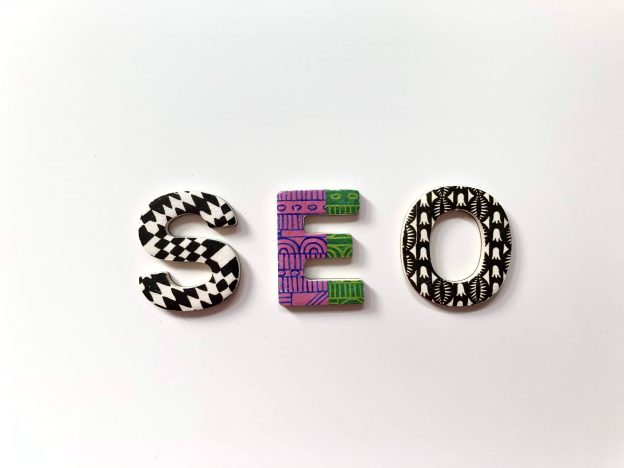There’s a lot of misinformation floating around the search engine optimization (SEO) sector. Perhaps it’s because SEO scammers directly benefit from this lack of understanding. Or perhaps it’s simply an inevitable characteristic of any long-running industry.
Either way, there are a few myths that seem to persist more stubbornly than others—today, we’re going to address three of the biggest myths currently plaguing SEO.
More is Better
Our first is technically a twofer.
A lot of SEO novices develop something of an obsession with quantity. More backlinks. More keywords. Bigger numbers.
The problem is that this never works. Content quality—and how well it fits intent—is far more important than keywords. And if you include too many keywords and keyword variations in a piece or attempt to hit some sort of quota, there’s a good chance you’ll be penalized for keyword stuffing.
Similarly, one relevant backlink is worth a hundred irrelevant ones. Worse still, in some cases backlinks could potentially even damage your credibility. It’s one of the reasons buying links is never advisable
Those purchased links are almost always toxic.
Social Media and SEO are Directly Related
Plenty of SEO specialists have noted that there appears to be a correlation between social signals and page performance. It’s important to understand that this is not due to any action on Google’s part. Search algorithms have absolutely nothing to do with social marketing.
Google’s own John Mueller has directly said as much.
The reason pages with more social activity tend to perform better on the search engine results page (SERP) is merely a matter of exposure. More people see the page because it’s being shared. And because more people see the page, they’re more likely to share it.

You’ll Get Penalized for Duplicate Content
Our last myth is one that we’ve seen even experienced SEO professionals subscribe to. The idea that your site will be penalized by Google for hosting duplicate content is quite frankly wrong. It’s important to understand, however, that this doesn’t mean duplicate content is a good thing.
While there is no duplicate content penalty present in Google’s algorithms, duplicate content can still harm your ranking in a few ways:
- Cannibalized traffic
- Diluted backlinks
- Greater difficulty competing with content scrapers
So while it’s still worthwhile to run a site audit so you can check for and eliminate duplicate content, it’s not the critical SEO issue that some people make it out to be. It’s a minor optimization issue, at worst.
Clearing the Air
The SEO myths listed above are far from the only misconceptions around the profession. They’re simply a few of the most prominent and persistent. Hopefully, in publishing this piece, we’ve taken one more step towards laying them to rest for good.
Want to read more? Check out our blog, where we dive into SEO topics every month!










